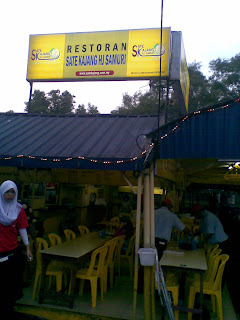1. Anda perlu berada di rumah sepanjang tempoh kuarantin yang ditetapkan (seboleh-bolehnya duduk dalam bilik berasingan dari ahli keluarga yang lain).
2. Anda tidak dibenarkan keluar dari rumah sama ada untuk bertugas, pergi ke sekolah, tuisyen, rumah ibadat, majlis makan, kenduri, membeli-belah dan lain-lain aktiviti atau mana-mana tempat awam.
3. Amalkan kebersihan diri:
4. Jika anda demam, batuk dan mengalami gejala-gejala selesema dan perlu berhubung dengan orang lain, gunakan penutup mulut dan hidung (mask).
5. Kurangkan pertemuan dengan rakan atau saudara mara dan elakkan dari hadir di tempat awam.
6. Pantau suhu badan (demam) dan tanda-tanda jangkitan setiap hari sepanjang tempoh kuarantin.
7. Dapatkan bantuan saudara mara atau rakan bagi memperolehi keperluan harian jika tinggal bersendirian.
8. Catatkan nama, nombor telefon dan alamat saudara mara, rakan atau mereka yang mengunjungi rumah anda.
9. Segera hubungi Pegawai Kesihatan Daerah berdekatan sekiranya mengalami demam atau gejala-gejala lain penyakit.
10. Ikuti perkembangan semasa mengenai penyakit ini dari laman web Kementerian Kesihatan Malaysia, radio, TV dan akhbar.
Panduan ini diterbitkan sepenuhnya seperti disediakan oleh Kementerian Kesihatan di laman webnya 26 Jun 2009


